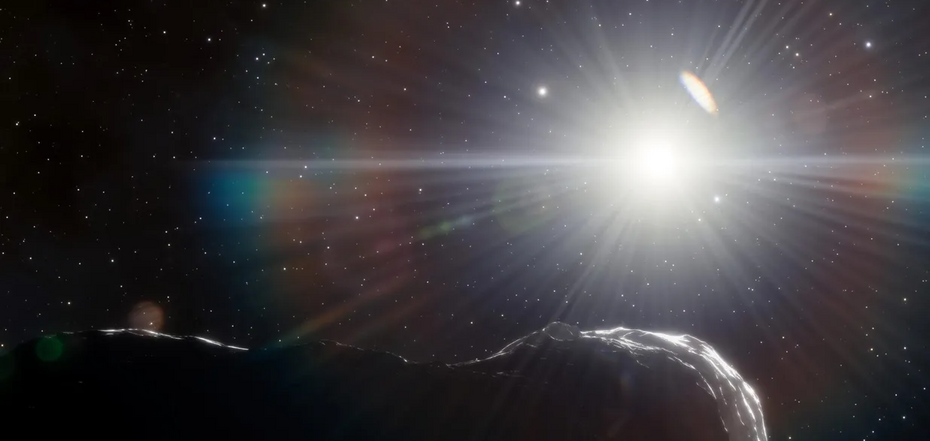News
"Planet-killing" asteroids discovered, hiding in the sun's radiance
The asteroid threat is one of the main ones when it comes to the potential danger to humanity's existence on Earth. And it seems that scientists have been able to find several objects that could be dangerous – so far, they have been able to hide from astronomers in the glow of the Sun in the inner part of the solar system.
According to SciTechDaily, scientists were able to see these near-Earth asteroids (NEAs) at dusk using the DECam dark energy camera, manufactured by the U.S. Department of Energy at the Cerro Tololo Inter-American Observatory in Chile. These NEAs are part of an elusive cluster hiding inside the orbits of Earth and Venus and are difficult to study because of the bright sunlight in this area, which blinds the equipment. One of the asteroids is the largest potentially dangerous object for the Earth discovered in the last eight years.
Now, with the help of DECam, installed on the 4-meter Victor M. Blanc telescope at the Cerro Tololo Inter-American Observatory in Chile, more data has been obtained. Astronomers saw the asteroids when they observed the sky at dusk. They had only two 10-minute periods when the sky was sufficiently illuminated, but the sunlight did not blind them. Another difficulty was the proximity of the desired area to the horizon, which distorted the results due to the influence of the Earth's atmosphere. But eventually, these problems were solved.
One of the discovered NEAs is a 1.5 km wide asteroid called 2022 AP7. It is worth noting that asteroids with a diameter of about 1 km are called "planet killers" for their ability to provoke catastrophic consequences in the event of a collision. Having calculated its orbit, the researchers determined that it could intersect with the Earth's orbit in the future.
The other two detected objects, designated 2021 LJ4 and 2021 PH27, were safe from this point of view. However, 2021 PH27 is still of considerable scientific interest because it is the closest known asteroid to the Sun. Consequently, it has the greatest effects of general relativity of any object in our solar system. As it orbits, its surface becomes hot enough to melt lead.
"DECam can cover large areas of the sky at depths beyond the reach of small telescopes, allowing us to go deeper, cover more of the sky, and explore the interior of the solar system in ways never before possible," said Scott S. Sheppard, an astronomer at the Carnegie Institution for Science's Earth and Planetary Laboratory and lead author of the paper published in The Astronomical.
In addition to identifying asteroids that could potentially pose a threat to Earth, this study is an important step toward understanding the distribution of small bodies in our solar system. The easiest asteroids to detect are those that are farther from the Sun than the Earth. Because of this, these more distant asteroids tend to dominate current theoretical models of the asteroid population.
The discovery of these objects also allows astronomers to understand how asteroids move through the inner solar system and how gravitational interactions and the Sun's heat can contribute to their fragmentation. "Our DECam survey is one of the largest and most precise searches for objects ever conducted in Earth's orbit and near Venus' orbit. It's a unique chance to understand what types of objects are hiding inside the solar system," Sheppard said.
DECam was originally designed to conduct dark energy research under the auspices of the US Department of Energy and the US National Science Foundation from 2013 to 2019. Now this camera is contributing to scientific discoveries and planetary protection against the asteroid threat.
As OBOZREVATEL wrote, NASA recently conducted a test collision of a space probe with an asteroid and successfully knocked the Dimorphos object out of orbit. This test showed that such tactics to protect the Earth can be effective.



























